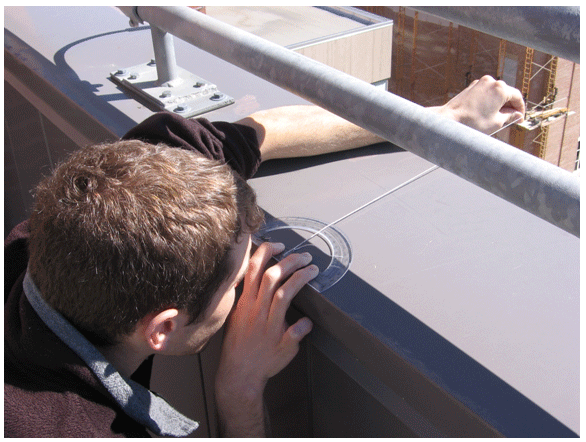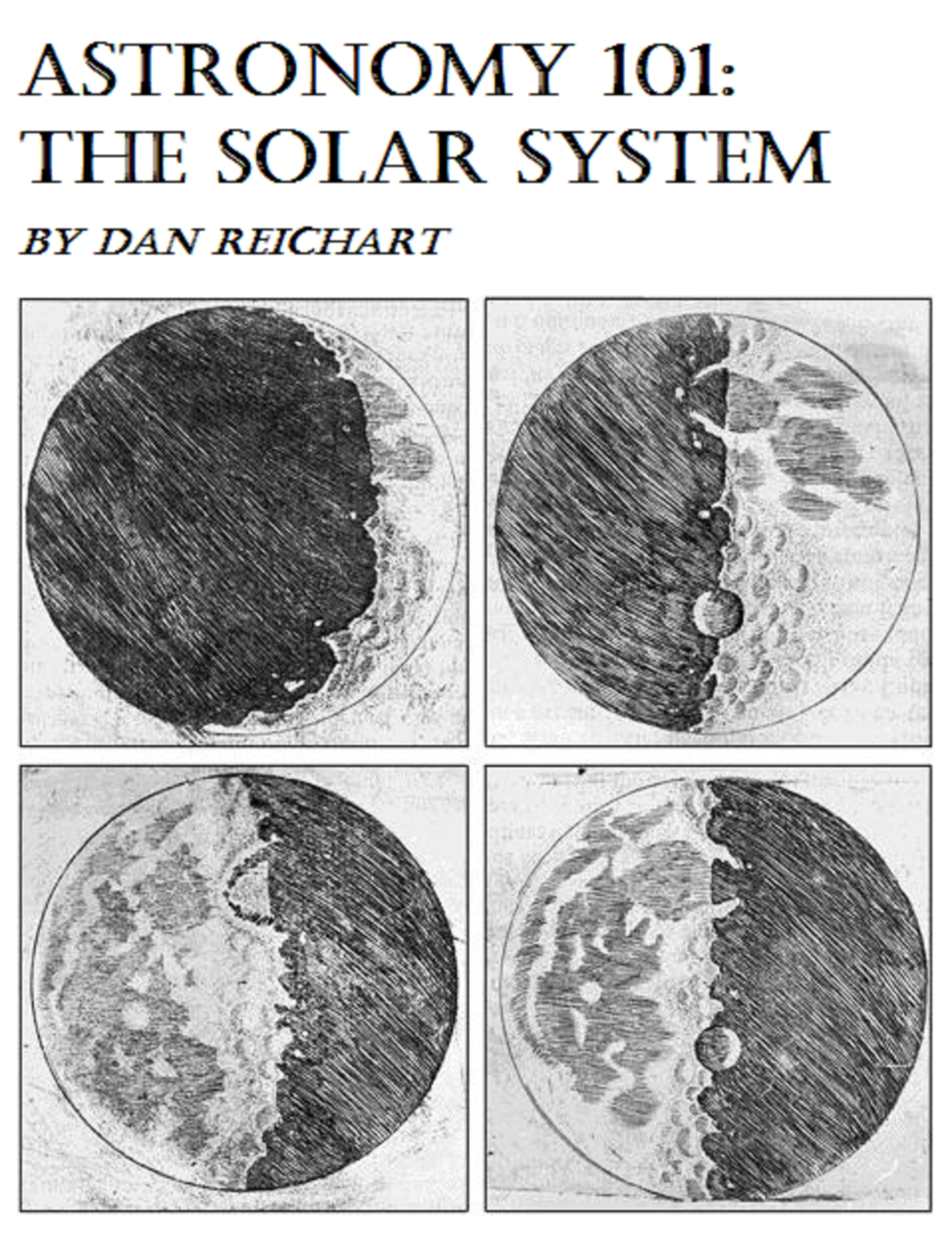
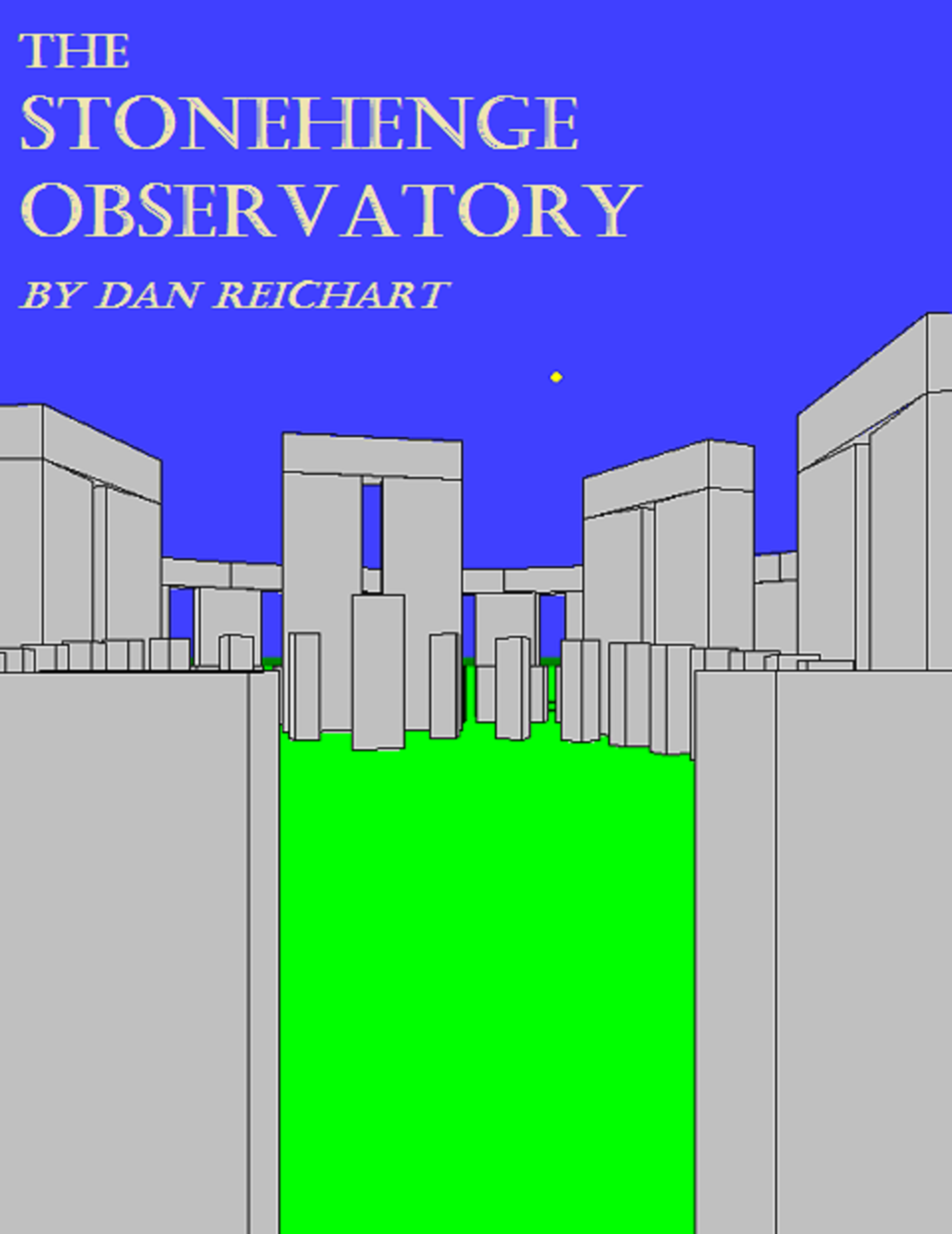
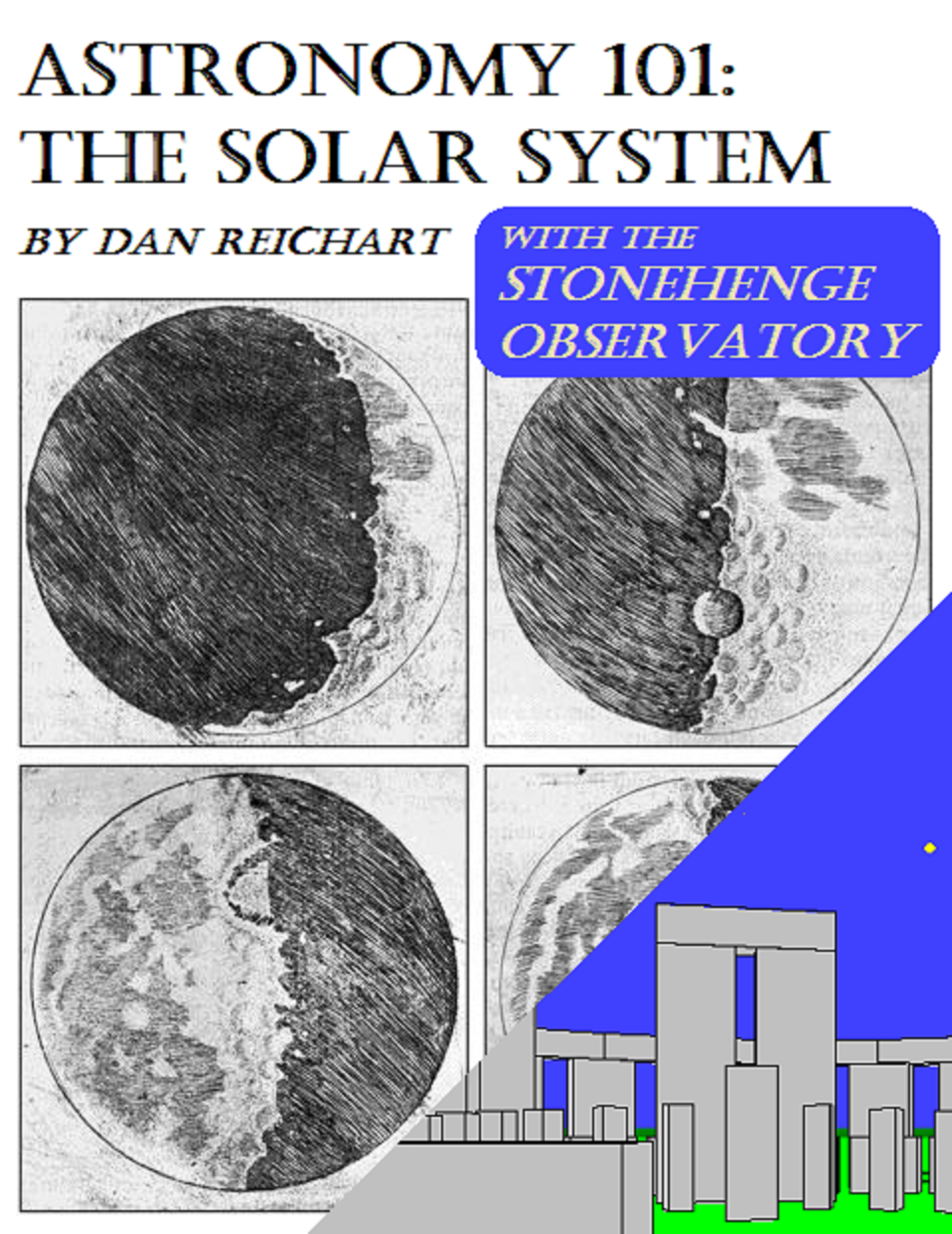
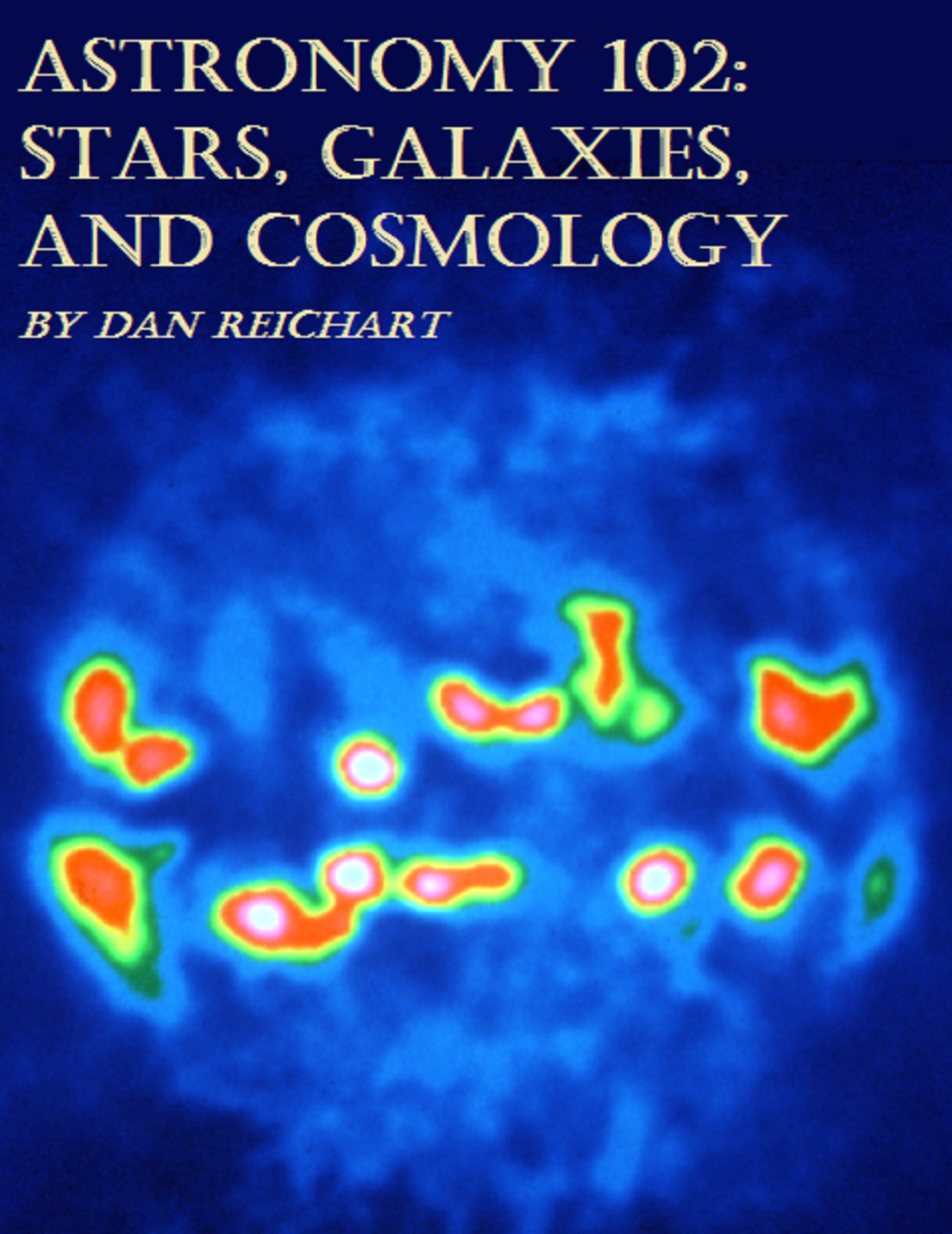
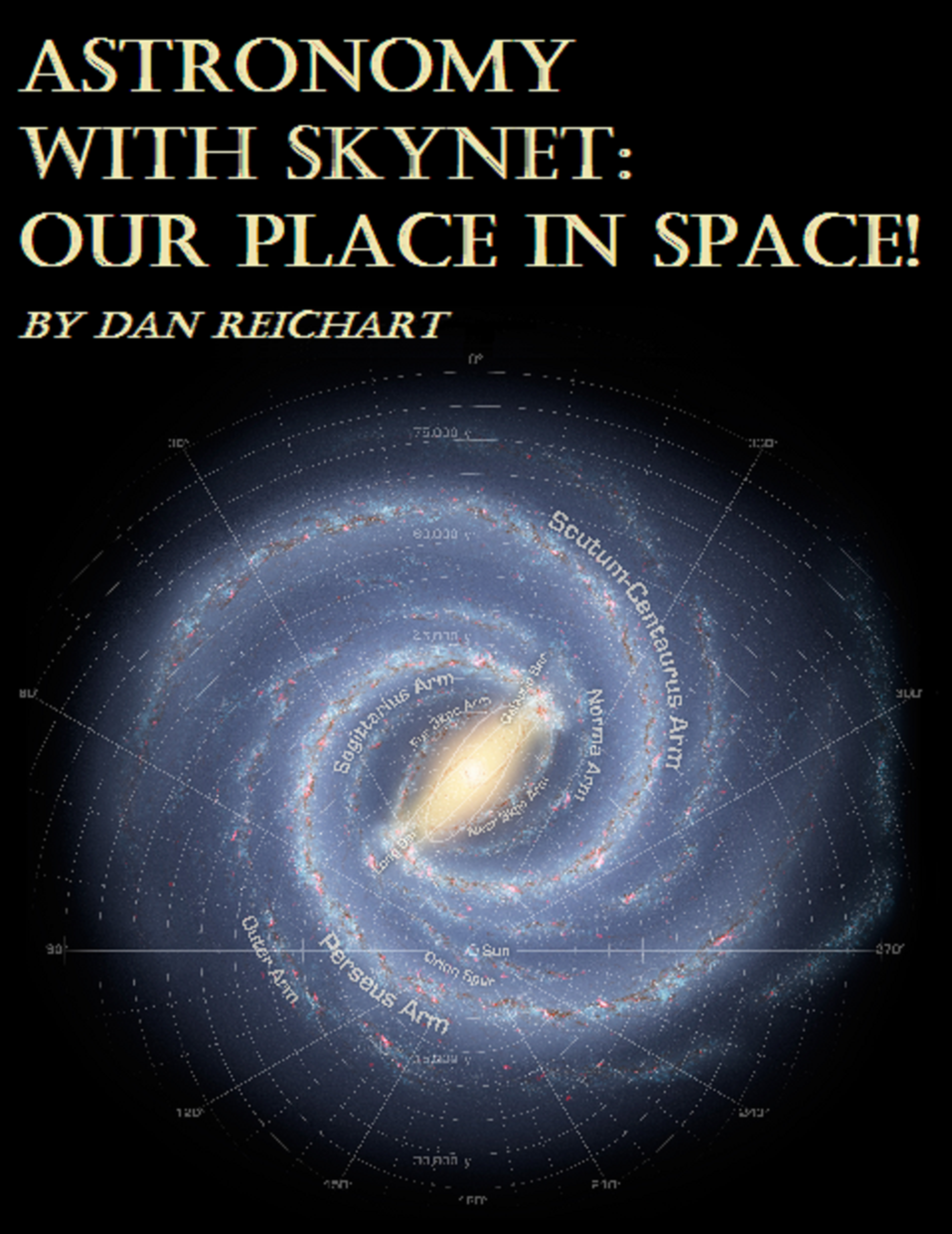
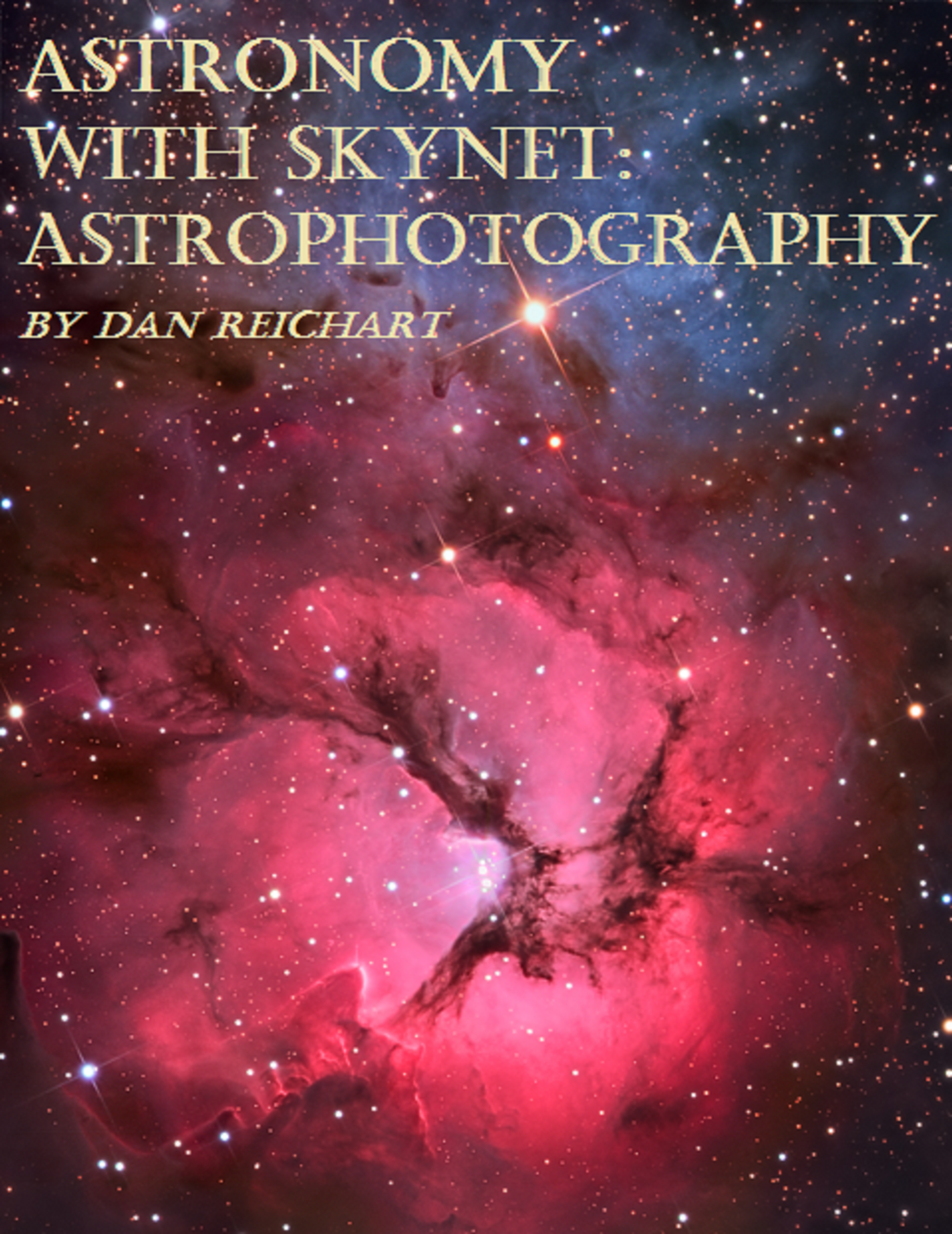
Project Intro Astro
Beginning in 2008, I spearheaded an expansion and modernization of UNC-Chapel Hill’s introductory astronomy curriculum. The new curriculum has both lecture and Skynet-based laboratory/observing components. And it is available in three formats:
On campus. This is for college credit, and may be taken by students at UNC-Chapel Hill, or by students at roughly a dozen other institutions that have adopted our materials.
Through Carolina Courses Online. This is also for college credit, and may be taken by anyone in the world.
Through Skynet University. This is a self-paced and tuition-free version of our online courses. They may also be taken by anyone in the world, but not for college credit. Students instead receive Certificates of Completion or Mastery, depending on their performance.
Lecture Courses
At UNC-Chapel Hill, introductory astronomy had always been taught in a single semester, which for the students was akin to drinking from a fire hose. In 2009, we split the course into two new courses:
ASTRO 101: The Solar System
Celestial motions of Earth, the sun, the moon, and the planets; the nature of light; ground and space-based telescopes; comparative planetology; Earth and the moon; terrestrial and gas planets and their moons; dwarf planets, asteroids, and comets; planetary system formation; extrasolar planets; the search for extraterrestrial intelligence (SETI).
ASTRO 102: Stars, Galaxies, and Cosmology
The sun; stellar observables; star birth, evolution, and death; novae and supernovae; white dwarfs, neutron stars, and black holes; Einstein’s theory of relativity; the Milky Way galaxy; normal galaxies, active galaxies, and quasars; dark matter and dark energy; cosmology; the early universe.
This created time to explore the material more thoroughly and more enjoyably, to introduce new material (e.g., a week of relativity in ASTRO 102), and to develop in-class demonstrations and active-learning experiences. We have since taught these courses to as few as ≈10 students and to as many as ≈400 students, with both excellent end-of-semester student reviews and dramatically increased enrollments (see below).
Sample lecture from Skynet University’s YouTube channel.
Funded by the National Science Foundation, North Carolina Space Grant, and all three of UNC-Chapel Hill’s Center for Faculty Excellence, College of Arts and Sciences, and Department of Physics and Astronomy, we have developed the following materials, all of which are available to instructors at other institutions who want to adopt them:
Videos of my lectures, which we are editing into topical segments, and for audio, and uploading to Skynet University’s YouTube channel. These are used by other instructors learning the curriculum for the first time, as well as by instructors employing a “flipped” or “blended” teaching format. They are also used by online students, and by on-campus students who either missed or want to review material delivered in a traditional teaching format. Already, these videos have had ≈170,000 views, for a total of ≈780,000 minutes = 13,000 hours = 540 days = 1.5 continuous years viewed. (Uncut videos are also available for lectures that we have not gotten to yet.)
We have developed custom homework questions, divided into 18 ≈10-question assignments, nine for each of ASTRO 101 and ASTRO 102. These questions are specifically designed to go with these lectures, but may also be paired with virtually any introductory astronomy textbook. Approximately one third of the questions are calculational in nature, but at a high-school Algebra I level. Homework assignments are offered through WebAssign, and are automatically graded, facilitating large sections. A collection of supplementary notes are also offered through WebAssign.
We have developed over 50 in-class demonstrations, which we have found to be particularly effective at conveying otherwise difficult concepts and at generating discussion, even in the largest sections. These can be found in the videos, and are easily replicated.
We have also developed a large set of in-class, active-learning questions, which are also designed to go with these lectures, and specifically, are designed to strengthen students’ calculational skills, and to clear up common misconceptions (these have been excised from the above videos, to not give away the answers). They may also be used as think-pair-share exercises. To better facilitate their use in class, we developed our own, math-oriented (vs. multiple-choice only) e-polling system that students use freely through their phones or laptops (see figure).
Our freely available, math-oriented e-polling interface. Students enter values using their phones or laptops. Values may be either positive or negative, decimal or fraction, or in scientific notation. All submitted values can be displayed simultaneously, or hidden from the students, as can be a histogram of these values. The histogram can be plotted linearly or logarithmically (useful in the event of exponential outliers), over an instructor-adjustable range. The median of each bin’s value is displayed, and both the number of bins and the displayed precision are also instructor-adjustable. Finally, the interface also supports slow-reveal (for suspense!) class medians (e.g., we use this feature during our interactive lecture on Drake’s Equation).
Note: The Stonehenge Observatory addition to ASTRO 101 is still under development.
Skynet-Based Laboratory/Observing Courses
Astronomy with Skynet: Our Place In Space!
The centerpiece of our new introductory astronomy curriculum has been the modernization of our introductory astronomy laboratory/observing course, which now serves ≈1,125 students per year, across roughly a dozen institutions.
For decades, UNC-Chapel Hill’s introductory astronomy laboratory/observing course made use of Morehead Planetarium and Science Center’s planetarium for five day labs, and small telescopes on our campus observing decks for five night labs. However, both sets of labs were problematic. Measurements within the planetarium chamber suffered from often >100% error depending on where the student sat. The visual observing labs suffered from Chapel Hill’s weather, bright skies, proximity to athletic field lights ruining dark adaptation, inability to see the north star (which is necessary to properly align the telescopes), outdated and difficult to use telescopes, and a weak set of backup labs. And neither set of labs strongly reinforced the lecture curriculum. Feedback from these labs was generally negative.
In response, we developed Our Place In Space! (OPIS!) — a series of eight new labs, two of which are two-week labs, and six of which are primarily Skynet-based. After an introductory lab in which students learn how to use Skynet and our image-analysis application, Afterglow, these labs strongly reinforce both the new ASTRO 101/102 lecture curriculum and each other. Much more information about OPIS! can be found here.
UNC-Chapel Hill’s introductory astronomy credit hours (primarily ASTRO 101, ASTRO 102, and OPIS!).
The introduction of OPIS! in 2008, ASTRO 101 in 2009, and ASTRO 102 in 2010 resulted in a >100% increase in enrollment over a five-year period – now one in five UNC-Chapel Hill undergraduates take at least one of our introductory astronomy courses. It additionally contributed to an ≈300% increase in astronomy-track majors and minors (from ≈5/yr to ≈20/yr), and to our department being awarded two new tenure-track astronomy hires.
None of this would have been possible without Afterglow, which is easy-to-use — but professional quality — web-based, image-analysis software that the Skynet team has been developing (without Afterglow, the labs would consist of little more than taking pictures). Students are still using the original, Flash-based version; however, Afterglow 2.0 is nearly complete. We have also produced a set of accompanying video tutorials, and a simple, web-based and OPIS!-specific graphing accessory.
Lastly, since labs that primarily make use of web-based control of remote facilities and web-based analysis software need not be carried out on campus, we have developed fully online versions, both for Carolina Courses Online (for credit) and for Skynet University (for certificate). It is a unique opportunity for distance-learning students to be able to fulfill their undergraduate laboratory requirement without having to be on campus.
Note: A follow-up laboratory/observing course — The Multi-Wavelength Universe! (MWU!) — which will include both optical astrophotography and single-dish radio image-processing components, has been proposed to the National Science Foundation. More information about MWU! can be found here.
